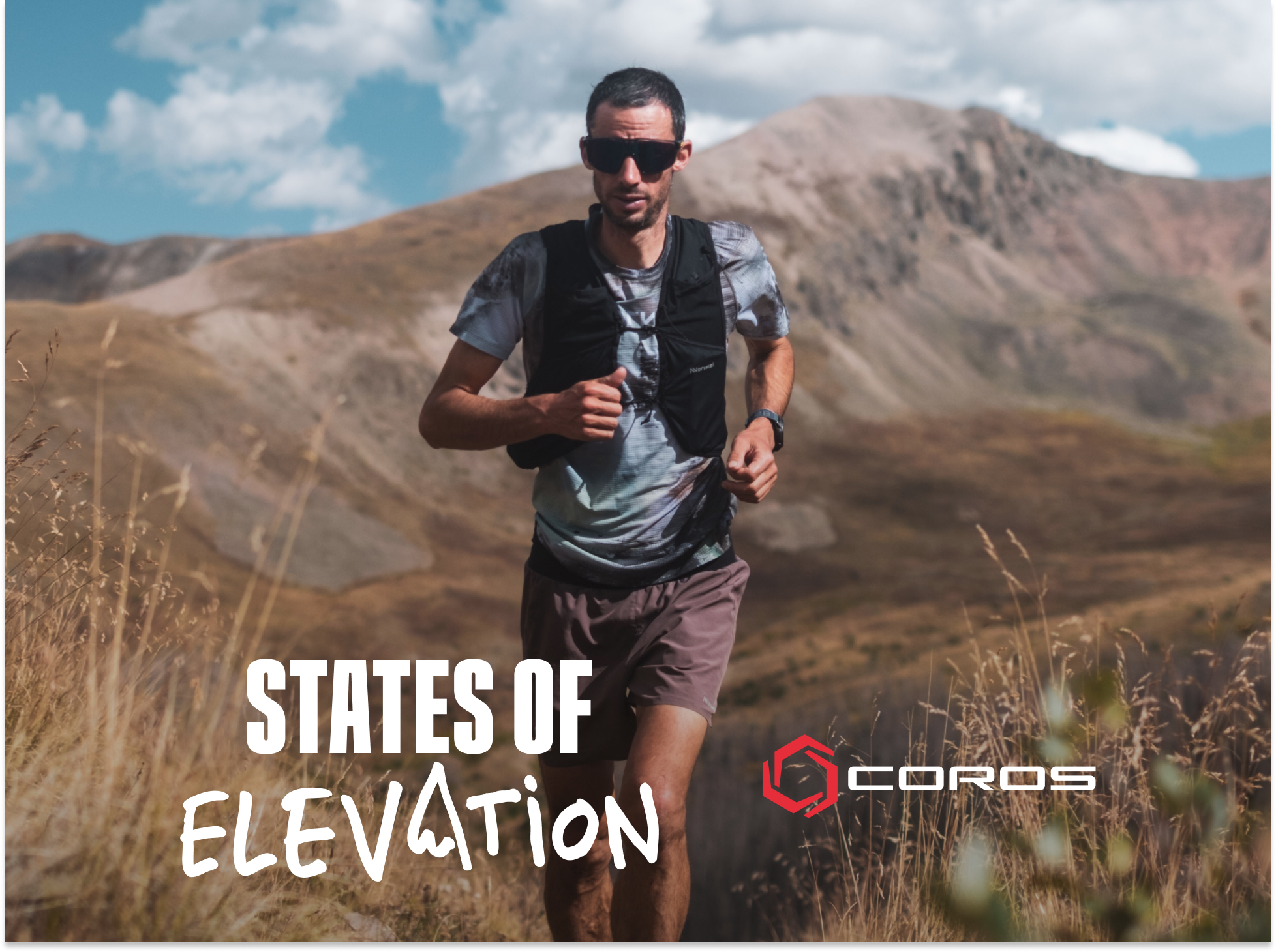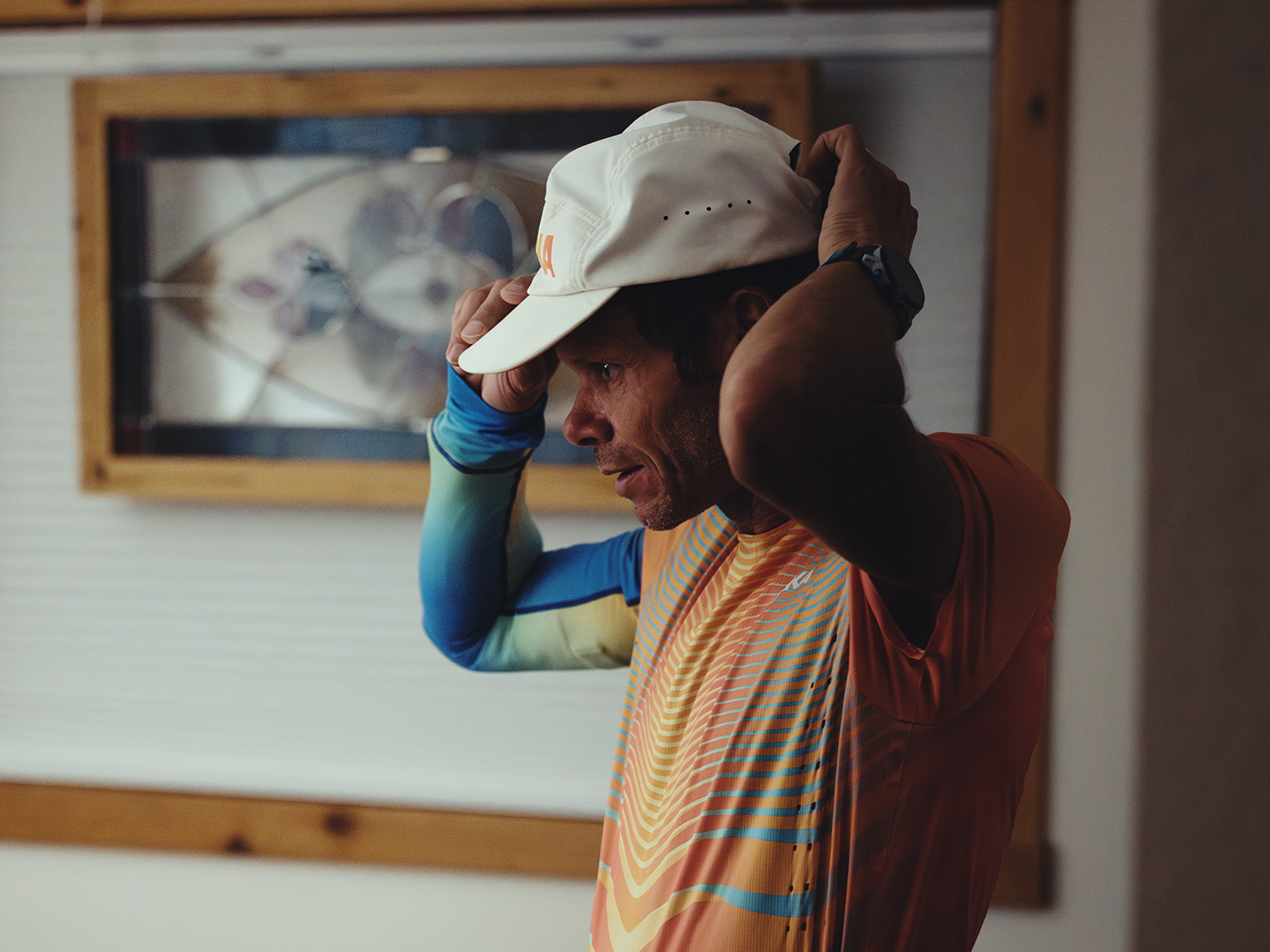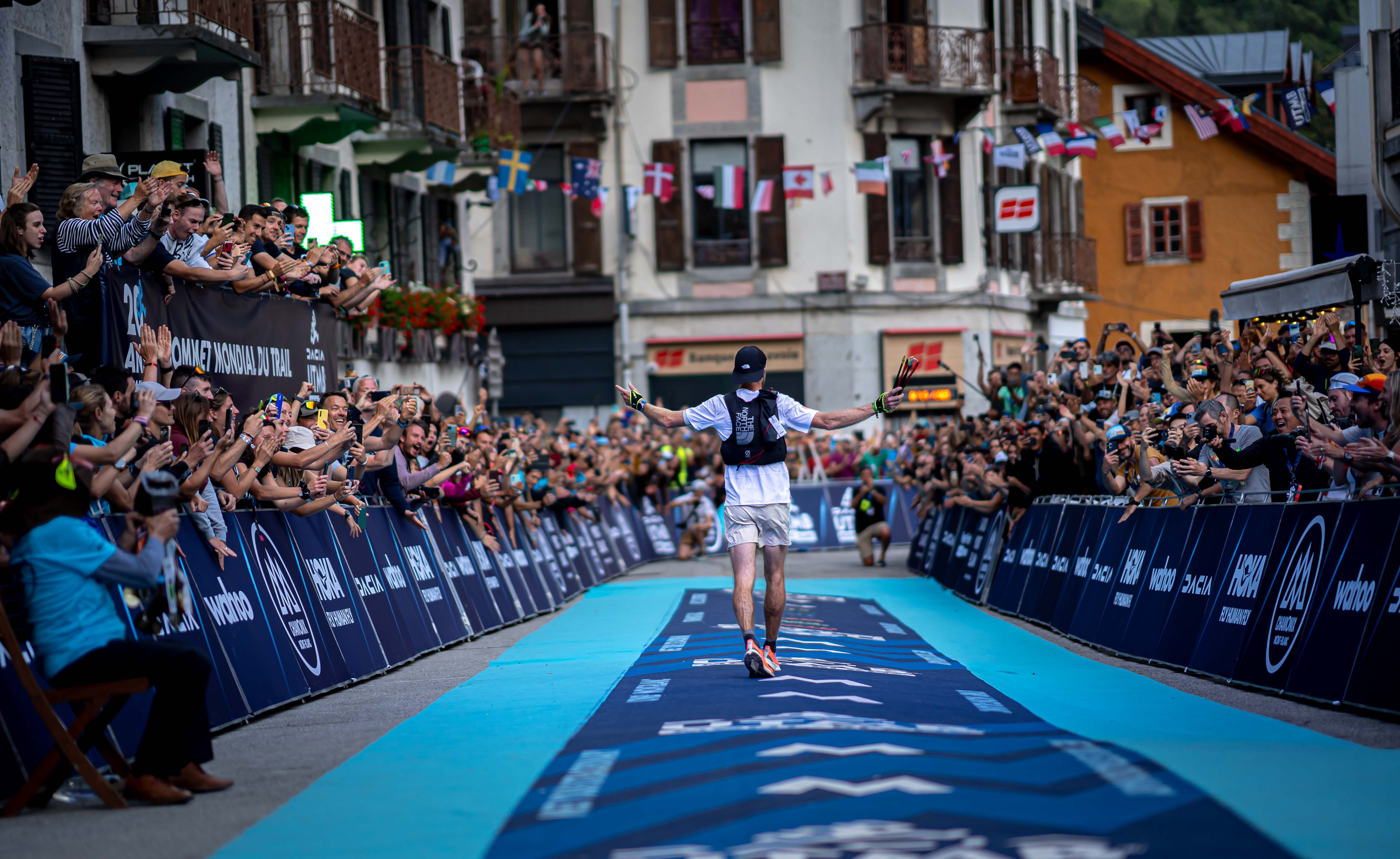Regarded as the best mountain runner of all time, Kilian Jornet is often in the spotlight for his performances at Hardrock, UTMB, and other world-renowned events. While the industry becomes laser-focused on storylines during race season, it’s often what athletes do during their “off-season” that makes the difference. As we dig into Kilian’s “off-season” data, there are training concepts that show how Kilian continues to improve. At COROS, we aim to share these concepts with all athletes as we continue to explore what’s possible within athletic performance!
Watch: COROS APEX 2 Pro Kilian Edition
Accessory: COROS POD 2
Analysis Tool: COROS Training Hub
Base Fitness: Periodize Your Schedule
Base Fitness helps athletes understand their fitness changes over time.
Base Fitness shows an athlete’s ability to handle training stress without fatigue. Known as the “overall fitness” metric, it consists of a 42-day rolling average of your daily Training Load. When looking at Kilian’s chart, you can see a peak for UTMB (with taper), recovery, uptick in training, recovery, and build.
As we dig into the numbers more, you can see Kilian’s Base Fitness at 184 today vs. UTMB at 156. This build-in fitness is possible due to Kilian’s willingness to let himself recover. The body adapted to his UTMB effort and recovered during his initial downtime. Having his Fatigue score dip all the way into the low 20s, he was then ready to ramp up training again. In comparison, If Kilian would have kept training after UTMB, he would have maintained a high Base Fitness, but his fatigue would have remained high with an increased probability of injury or staleness.
Key takeaway: Periodizing your training is one of the best ways to ensure year-over-year success. Too often we come across athletes that train the same way all the time. This often leads to plateaus, lack of performance, and eventually overtraining/burnout. If your Base Fitness chart looks like a straight line from left to right, you need to re-think your approach. Identify times to push yourself, and times to rest. Doing so will help your body recover and increase future improvements.
Training Load Through Cross-Training
Training Load quantifies the stress from each activity.
Perhaps the secret to Kilian’s success, his off-season training consists of ski touring activities along with indoor runs. Living in Norway, the winter months make outdoor running both problematic and dangerous. One universal concept that we can take from Kilian is that he uses cross-training to further enhance his aerobic ability.
For many athletes, they often believe that if running more makes them better, then running all the time makes them the best. While running more is needed at times, there are limiters that athletes should note. For example, If you look at the 578 Training Load day on Jan 12th in the photo above, that would have required Kilian to run a marathon at the same effort. This would have destroyed his legs (fatigue) and required multiple off-days. With skiing however, he has reduced the fatigue on his legs and can continue training the next day. Identifying an activity that builds aerobic fitness while reducing the stress on your legs is critical for unlocking your potential as an athlete!
Key takeaway: There is only so much impact your body can take before muscles break down and prolonged recovery is needed. By finding a cross-training activity that stresses your cardio and pulmonary systems in similar ways, you give your muscles a much-needed break while continuing to develop your inner abilities as an athlete. Think of cyclists that also speed skate or swimmers that also row. In the case of Kilian, an ultra-runner that also enjoys skiing. Finding an off-season training activity that builds your physiology is one of the secrets to elite performance.
Time in Zones
Time in Zones helps athletes understand the overall intensity of their past workouts.
One thing Kilian is exceptional at is training his proper zones. If you think about his performance demands, he needs a robust aerobic engine to perform at his best. It’s no surprise then that most of Kilian’s training is made up of Zone 1, 2, and 3. The one caveat to this chart is that due to Kilian utilizing ski for the bulk of his training, he is able to get more time in Zone 3 (Threshold) than he normally would if he was running alone.
Due to the load impact of running (greater) vs skiing (less) when Kilian transitions to mostly running, you will see the bulk of his training time in zone 1 and 2.
Key takeaway: If you identify a non-load-bearing sport or one with less impact than running, you can put in more time at your higher intensities without needing as much recovery. This is a great tactic to use during the winter months to build your threshold, and ultimately raise your performance.
Maintain Key Sessions
The Activity Analysis tool allows athletes to visualize data and trends from each activity.
Each Sunday in the winter, Kilian gets on his indoor treadmill and puts himself through a test. He is identifying what his heart rate does at different intensities so he can keep a close eye on his Threshold and where his running ability current sits. Utilizing the POD 2 for indoor tracking, Kilian gets accurate data to gauge where his performance will be when he begins fully running outdoors.
This concept is great as it stresses his body at a high level that is specific to his performance goals (winning running events), but it’s only done periodically so it doesn’t cause continuous fatigue build-up.
Key takeaway: It’s important to keep your specific sport within your weekly training plan. Migrating fully into a new sport would cause your body to lose performance in your desired field. By adding in multiple workouts/week that are focused sessions, your body will retain most of its specific fitness.
Keep It Fun!
There is no data that can represent the amount of fun you’re having during training. While peak season can bring with it stress and wanting to hit your goals, off-season is about laying the foundation and allowing your mind a chance to relax. As Kilian notes, “For me to keep training, having fun is key: do activities that are enjoyable while training ( like ski in my case), go with friends, explore new trails, etc are good ways to train in a much more fun way.”
Key takeaway: While there are strategies listed above to help you maximize your fitness this year, keep in mind that the more fun you’re having, the more motivated you’ll be to get out the door each day. Find a cross-training activity that allows you to build fitness, but frees up your mind while doing so. When you find the right solution for you, you’ll realize that building fitness is easy, and the data points above will help you dial everything in!
Long Term Success
Long-term success in endurance athletics comes from a sustainable internal approach. While it may seem like non-stop running, cycling, and climbing, will make you better in that sport, there is often a point of diminishing returns that will stall progress. We urge all athletes to take these 5 concepts and aim to work them into your own yearly routine. If it’s good enough for the best mountain runner of all time, it will likely work for you as well.
- Periodize your Training
- Identify Cross-Training Activities that Build Performance
- Know your Demands and Train Appropriate Intensity
- Maintain Key Sessions When Appropriate
- Keep it Fun

/filters:quality(85)/fit-in/970x750/coros-web-faq/upload/images/61cbe9fa3c0a54a923518168499c5077.png)





